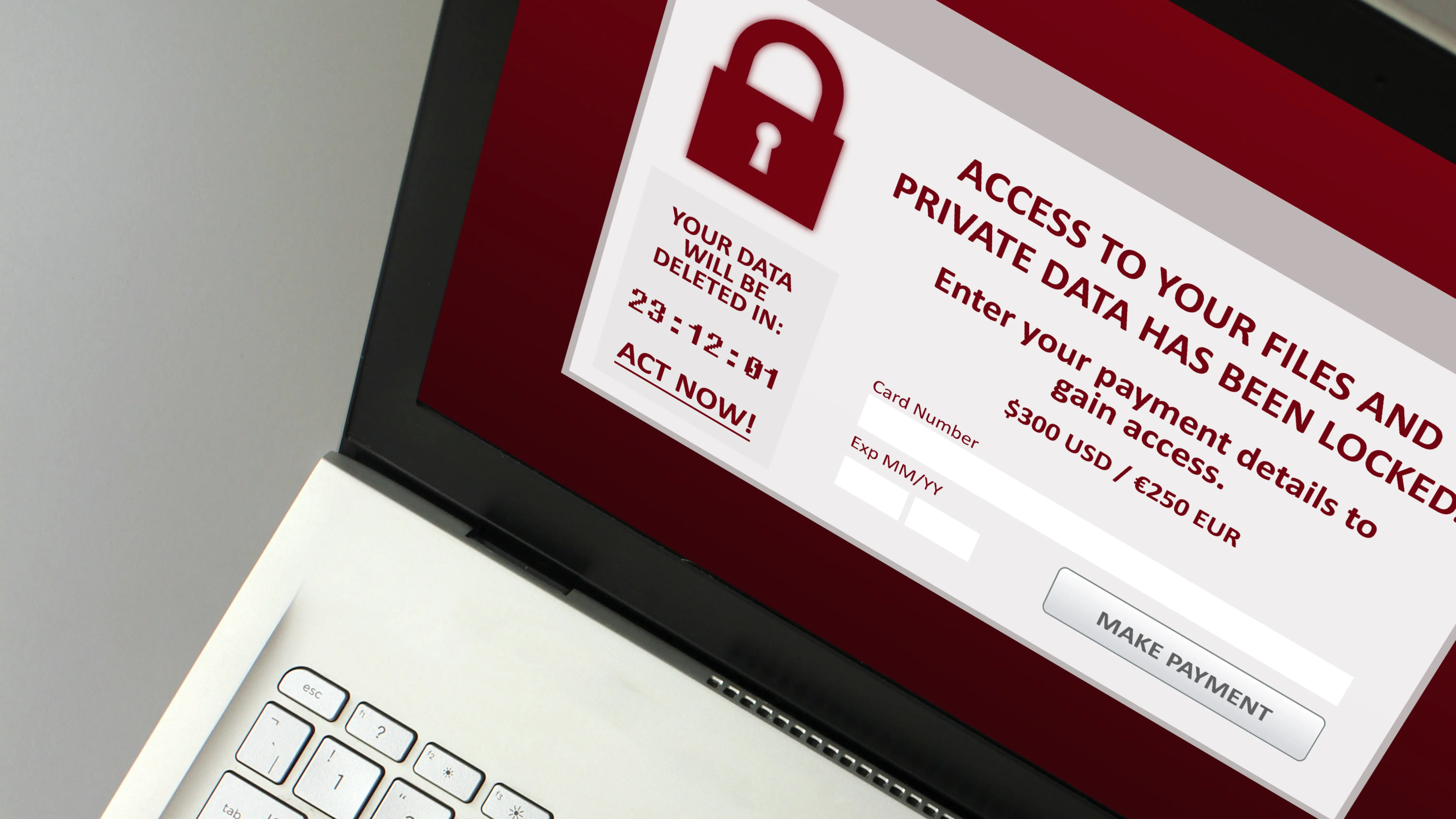Understanding Ransomware
What is Ransomware?
Ransomware is a type of malicious software designed to run scams on individual/ orgorganizations through blocking access to a computer system or files until a sum of money is paid. It encrypts the victim’s files or locks the entire system, making it inaccessible without a decryption key.
How Does Ransomware Scams Work?
Ransomware typically infiltrates a computer system through phishing emails, malicious attachments, or compromised websites. Once installed, it encrypts files using strong encryption algorithms, rendering them unusable. The attackers then demand payment, usually in cryptocurrency, in exchange for the decryption key.
The Evolution of Ransomware Scams
Early Instances of Ransomware
The first known instance of ransomware, known as the AIDS Trojan, emerged in the late 1980s. It was distributed via floppy disks and targeted AIDS researchers. However, it wasn’t until the mid-2000s that ransomware started gaining traction, with the emergence of more sophisticated variants like CryptoLocker.
Modern Sophisticated Ransomware Attacks
In recent years, ransomware attacks have become more frequent and sophisticated. Cybercriminals employ advanced techniques such as encryption algorithms, anonymizing networks, and ransomware-as-a-service (RaaS) to carry out attacks on individuals, businesses, and even government agencies.
Why Ransomware Scams is on the Rise
Financial Incentives for Cybercriminals
The primary motivation behind ransomware attacks is financial gain. With the widespread adoption of cryptocurrency, it has become easier for attackers to receive payments anonymously, making it a lucrative endeavor.
Increased Connectivity and Vulnerability
The proliferation of internet-connected devices and the growing dependence on digital systems have expanded the attack surface for cybercriminals. From personal computers to critical infrastructure, no system is immune to ransomware attacks.
Common Ransomware Scams
Phishing Attacks Scams
Phishing emails remain one of the most common vectors for ransomware distribution. Attackers masquerade as legitimate entities, tricking users into downloading malicious attachments or clicking on malicious links, which then install ransomware onto the victim’s system.
Malicious Websites and Links Scams
Visiting compromised websites or clicking on malicious links can also lead to ransomware infections. Attackers exploit vulnerabilities in web browsers and plugins to deliver ransomware payloads to unsuspecting users.
Impact of Ransomware Attacks
Ransomware attacks can have devastating consequences for individuals and organizations alike.
Financial Losses
Victims of ransomware attacks often face significant financial losses, including ransom payments, downtime, recovery costs, and potential regulatory fines.
Reputational Damage
Ransomware attacks can tarnish an organization’s reputation, eroding customer trust and confidence in its ability to safeguard sensitive data.
Legal Ramifications
Depending on the nature of the attack and the data involved, organizations may face legal consequences for failing to adequately protect against ransomware or properly report and mitigate its effects.
How to Protect Yourself from Ransomware Scams
Keep Software Updated
Regularly update operating systems, software applications, and security patches to mitigate vulnerabilities exploited by ransomware.
Install Antivirus and Antimalware Software
Deploy robust antivirus and antimalware solutions to detect and block ransomware infections before they can cause harm.
Educate Yourself and Your Employees about Ransoware Scams
Train yourself and your employees to recognize common ransomware attack vectors, such as phishing emails, and how to respond appropriately.
Backup Your Data Regularly
Implement a comprehensive data backup strategy to ensure that critical files can be restored in the event of a ransomware attack.
Be Wary of Suspicious Emails and Links
Exercise caution when opening email attachments or clicking on links from unknown or untrusted sources, as they may contain ransomware payloads.
Use Strong Passwords and Multi-Factor Authentication
Use complex passwords and enable multi-factor authentication wherever possible to strengthen the security of your accounts and systems.
Responding to a Ransomware Attack
Disconnect from the Internet
Immediately disconnect infected devices from the internet to prevent further spread of the ransomware and minimize damage.
Seek Professional Help
Contact cybersecurity experts or law enforcement agencies for assistance in assessing the extent of the attack and formulating a response plan.
Report the Attack to Authorities
Report ransomware attacks to relevant authorities, such as the FBI or local law enforcement, to aid in investigations and potentially apprehend the perpetrators.
Conclusion: Ransomware Scams
Ransomware poses a significant threat to individuals and organizations worldwide, with devastating consequences for victims. By understanding the nature of ransomware, implementing robust cybersecurity measures, and staying vigilant against emerging threats, you can better protect yourself and your data from falling prey to ransomware attacks.
*Fallen a victim to scams?
*Want to rerport a scam?
Look no futher than ReclaimLTD! Click here to open the main page>
FAQ
What should I do if I receive a ransomware threat?
Take the threat seriously and immediately disconnect from the internet. Contact cybersecurity professionals for assistance.
Is it advisable to pay the ransom to regain access to my files?
Paying the ransom is not recommended, as it encourages further criminal activity and does not guarantee the safe return of your files.
Can antivirus software prevent ransomware attacks?
While antivirus software can help detect and block known ransomware strains, it may not be effective against new or sophisticated variants. Therefore, it’s essential to complement antivirus protection with other security measures.
How often should I back up my data to protect against ransomware?
It’s advisable to back up your data regularly, preferably on a daily or weekly basis, depending on the volume and criticality of your data.
Are there any legal implications for organizations affected by ransomware attacks?
Depending on the jurisdiction and the nature of the attack, organizations may face legal consequences for failing to adequately protect against ransomware or properly report and mitigate its effects.





